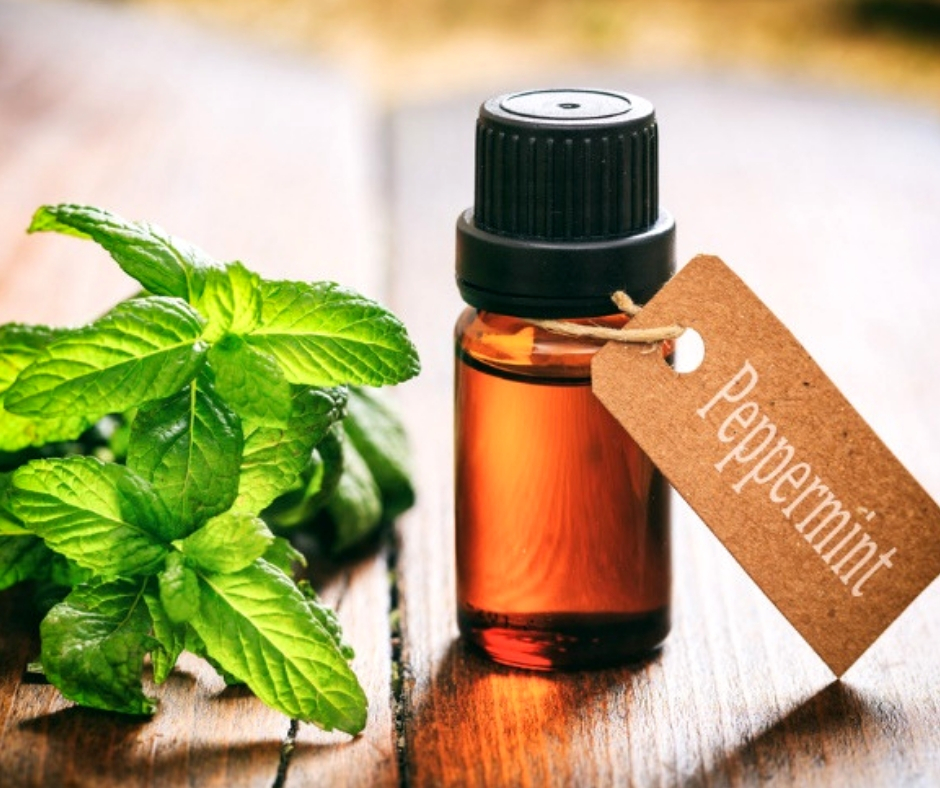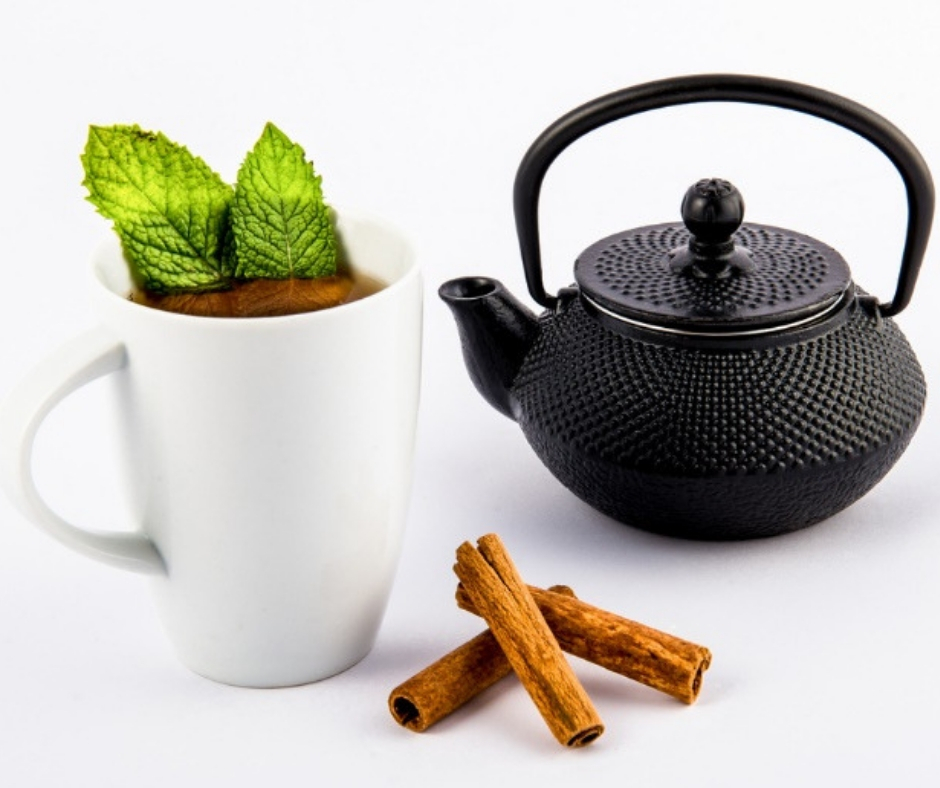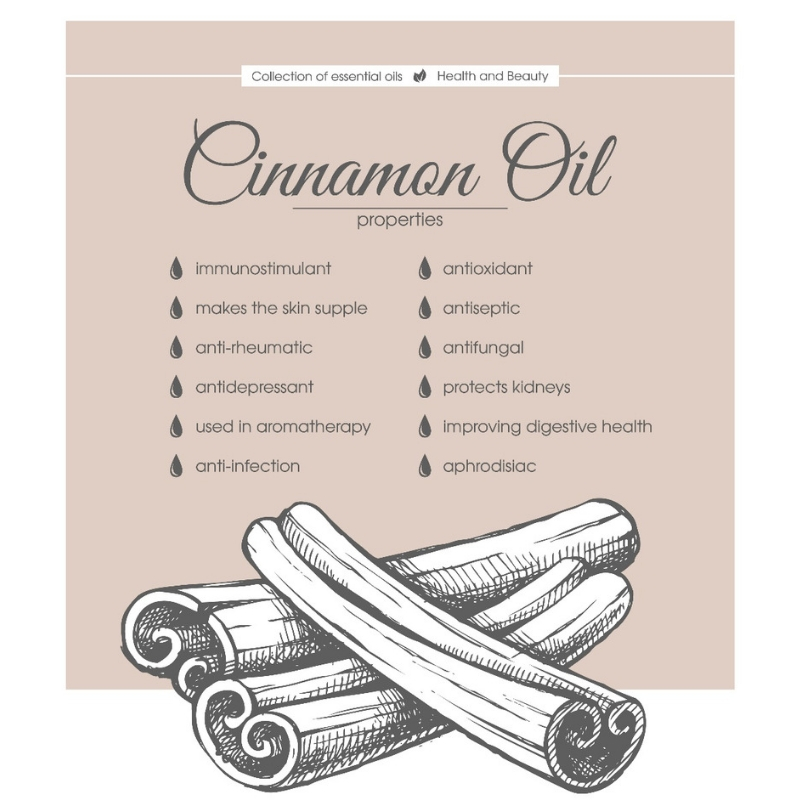A hybrid of the spearmint and water mint plants, peppermint comes from the Mentha pipertita and Labiatae categories. Its aromatherapy use dates back to ancient Egyptian and Roman times.
When distilled into an essential oil, peppermint is prized for its unique cooling and invigorating effects. Since the days before commercial toothpaste, this essential oil was the go-to for mouth freshening and disinfecting by way of its antiseptic properties. Some holistic experts claim that the menthol compounds in peppermint oil can immobilize mouth bacteria and stop the herpes virus from multiplying when applied directly.
This essential oil is known to be antibacterial, antiviral, anti-inflammatory, insecticidal and antispasmodic. It’s stimulating properties can alleviate symptoms of depression. Conversely, it can also provide anxiety relief.
This oil can reduce halitosis and clear up congestion (menthol is a component of peppermint). It can also stimulate the senses, promote mental clarity, and relieve nausea.
If you have a headache coming on, you might try inhaling some of this oil in a diffuser or dabbing some, along with a carrier oil, behind your ears and on your temples to reduce pain and ease nervous tension.
This oil is a common ingredient in natural flea and tick repellent recipes, along with clove and citronella oils. It can be used on humans as a safer alternative to chemical bug sprays.
If you opt to utilize this essential oil’s cooling effects on the scalp or other areas of the body, be sure to mix it with a carrier oil such as jojoba or coconut oil. This oil is extremely potent and will give the sensation of freezing and numbing the skin if applied directly. This is due to the menthol compounds that are naturally present in this powerful essential oil which behaves as a natural anesthetic.
How to Make Peppermint Oil at Home
Add the crushed leaves of a peppermint plant to a jar and fill 3/4 of the way with a carrier oil such as sweet almond, jojoba, avocado, grapeseed or olive oil. Cap tightly and let rest for 24 hours. Strain out old peppermint leaves, then add new ones and more carrier oil. Let sit for another 24 hours, then strain again and repeat. Do this for 5 days. Finally, strain out the last bunch of peppermint leaves, cap and store.
Peppermint Oil Cautions and Concerns:
People who are allergic to menthol should not use peppermint oil. Difficulty breathing may occur as a result of using too high a dose of peppermint oil in common applications. Pregnant women and those with heart conditions should avoid using it, as it may result in slowed breathing and heart rate. Do not use peppermint oil on young children, as too high of a dose may result in toxicity. If you are sensitive to stimulants, avoid this essential oil. This oil should not be used directly on the skin without first combining with a carrier oil.



